Hi all! I am terribly sorry for the huge delay, once again, in postings! A month ago I showed my very first collection at my very first fashion show. It was a small collection, only five looks (eight pieces), but I had only three months notice to come up with my inspiration, design the collection, make all the patterns and do all the sewing and fittings, so it was quite an insane timeline. I did nothing but sew for the month of May and simply didn’t have time to document the process, but I will be posting some photos of the collection soon. Sadly, we waited a month to get photos back from the photographer and they turned out terrible…so I’m re-shooting the collection myself in two weeks.
Anyway! On to happier things. After a few weeks of no sewing to recharge my motivation, I’m finally back at it. This week I’m tackling a new outfit for work – a satin tee and pencil skirt. For the skirt I just used my tried and true pattern, Burda 8765, which is the pattern we use in the fitted skirt class at Darrell Thomas Textiles. I won’t be posting a how-to on this skirt; if you want to learn how to make it you will have to take my class! 😉 Let’s focus instead on the top, for which I used McCall’s pattern M6519. I’ve had this pattern “on deck” for a few months specifically because I have wanted to try out the t-shirt. It’s designed for woven fabric and has no closures, so I thought it would be perfect for a simple work tee that I could layer under a blazer or wear alone if made with a dressier fabric.
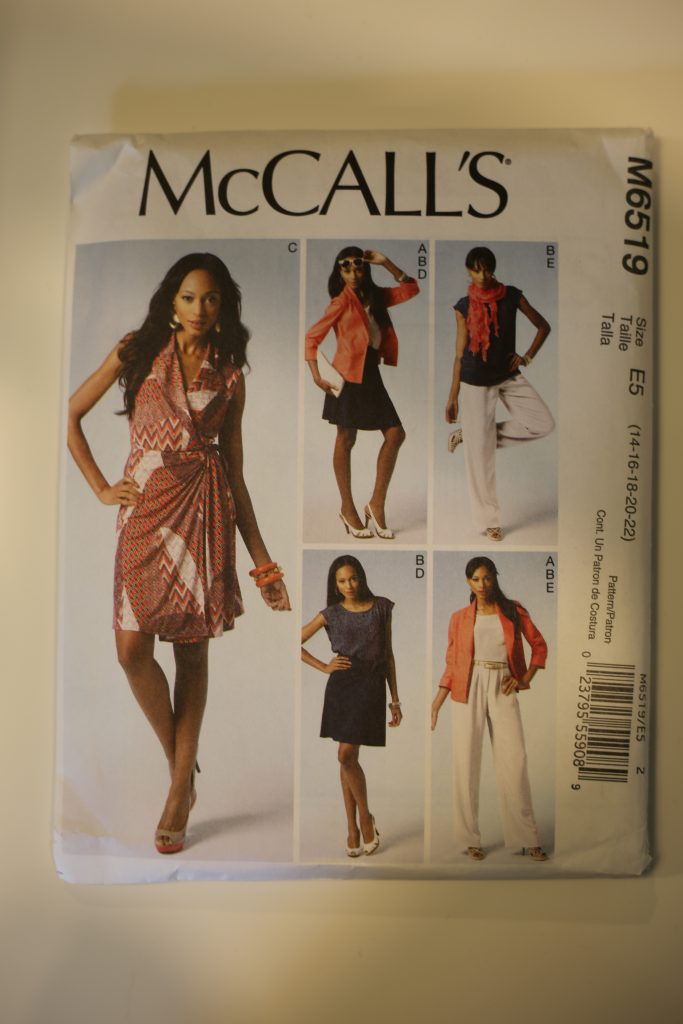
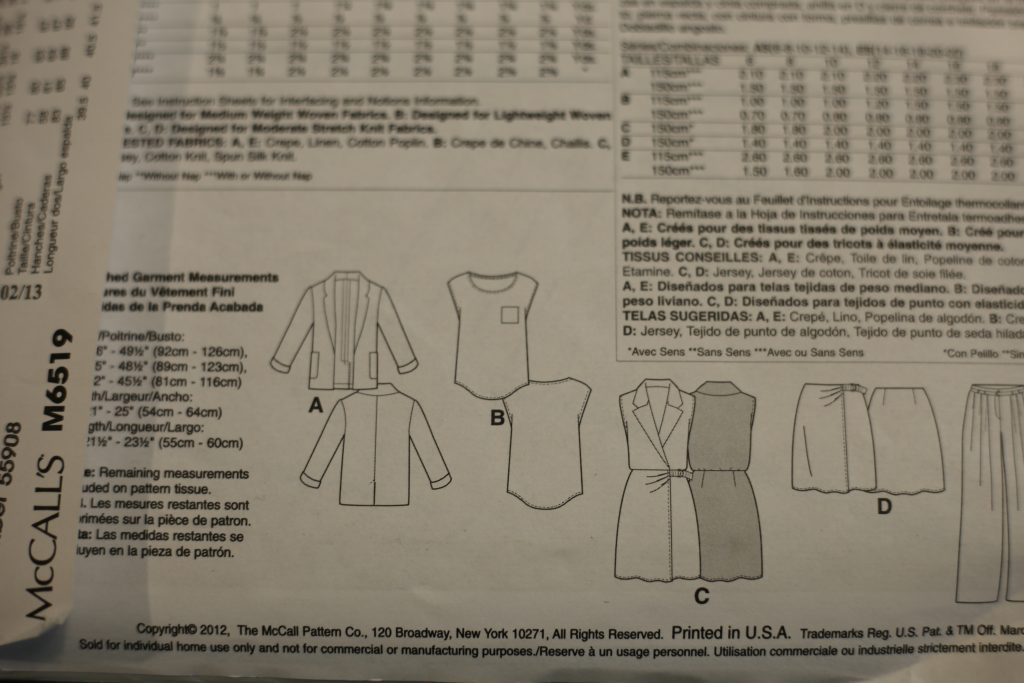
If you leave off the pocket as I did, this top is exactly TWO pattern pieces…perfect for an afternoon sewing project!
I started out by tracing the pattern at a size 14 (smallest size in the envelope) and shortening the top by two inches. I didn’t make a muslin of this top due to it’s simplicity, and I figured my standard torso alteration of 2-3 inches would work just fine.
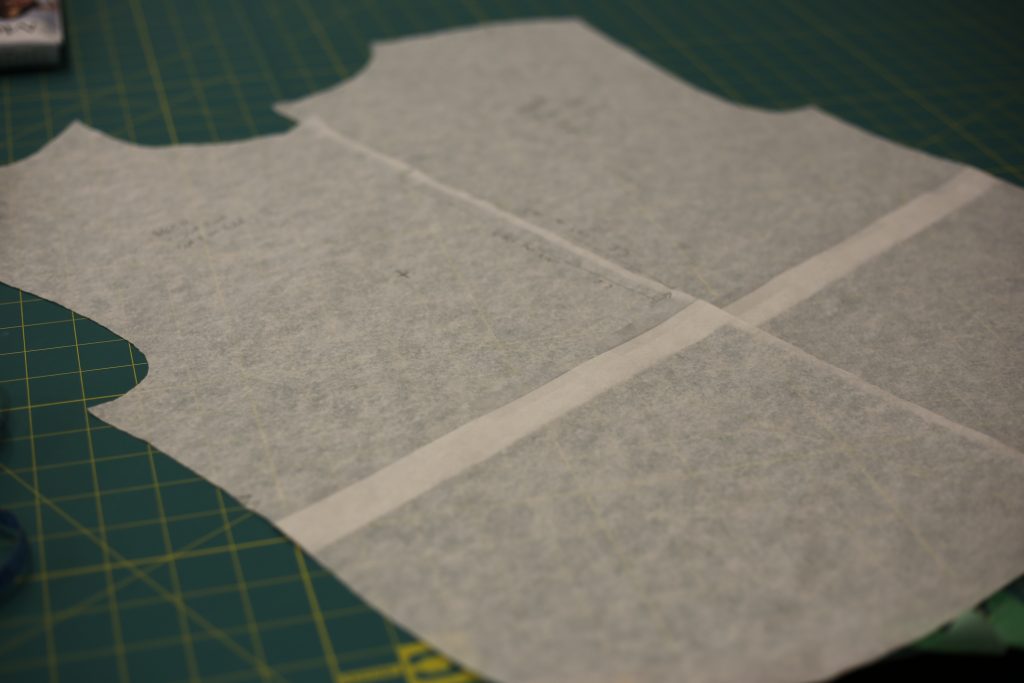
Next, it was time to pick fabric. This was the easy part, as I had just purchased some beautiful AND CHEAP poly satin from Darrell’s! Seriously, look at this price tag. And I only used half the fabric, so I have enough to make this top for someone else! (Orders anyone?)
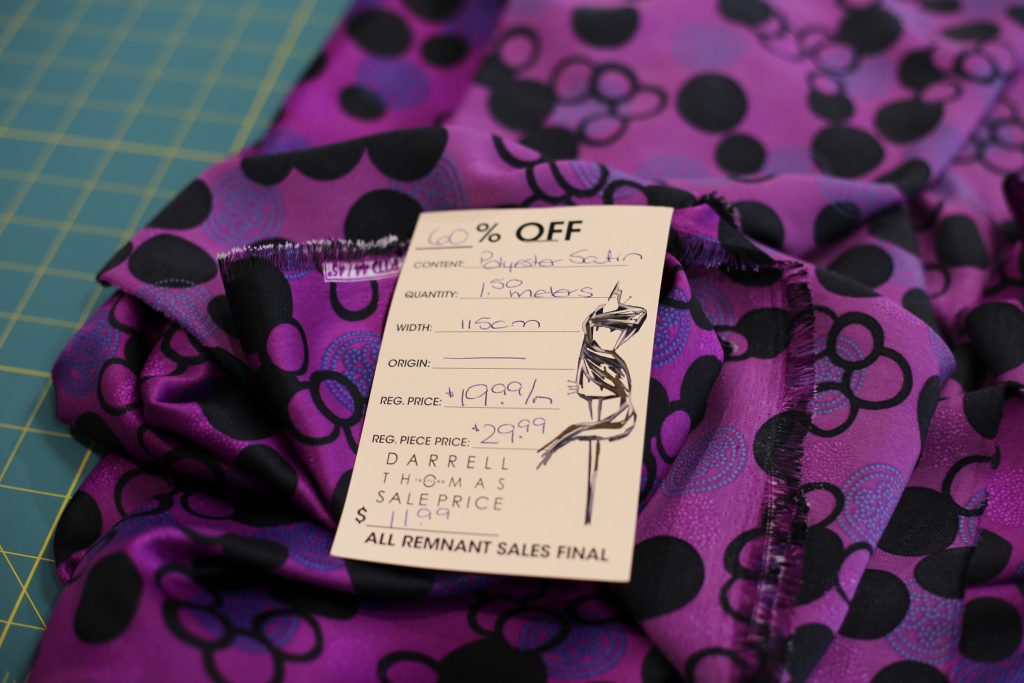
This poly satin was nice to work with. It was actually fairly thick and not too slippery, and it didn’t fray much in the time it took me to finish seams. I didn’t bother to wash it first since polyester does not shrink (or shouldn’t, anyway!). I used my usual cutting method of a rotary cutter and pattern weights, which is ideal for shifty fabrics.
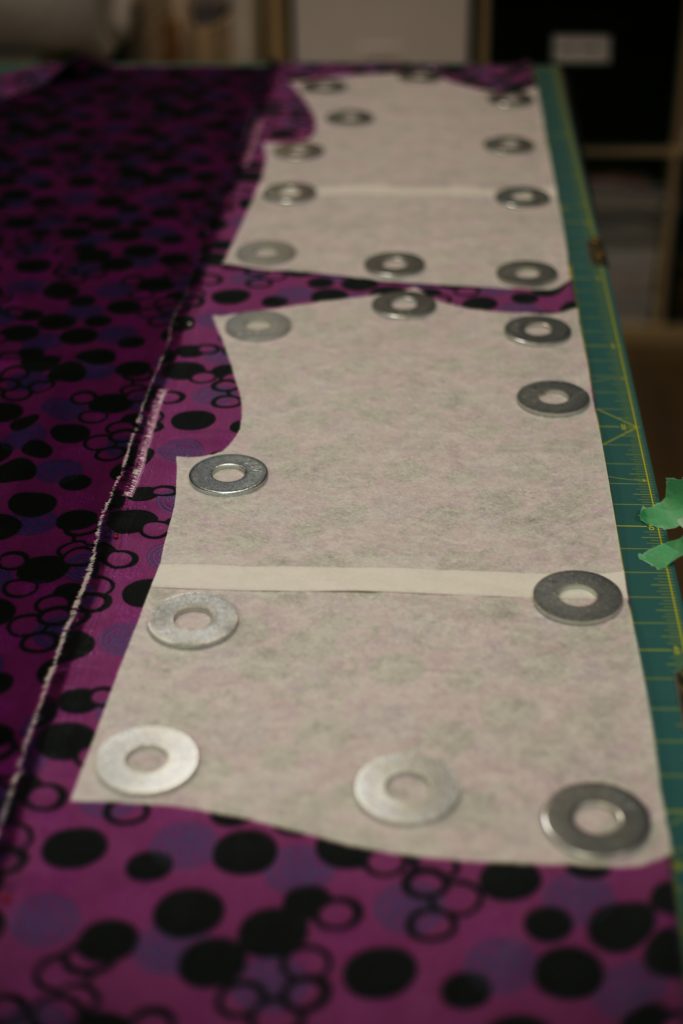
As I would with silk or any fine fabric, I decided to do French seams rather than serge the edges. I really love French seams and for a project this small, they don’t take much extra time.
For French seams, you start by sewing the seams with your fabric WRONG sides together. It feels unnatural, but this is one of those rare cases where it’s the correct way to go. You also do a narrower seam than normal because you will be sewing the seam twice. If the pattern calls for 5/8″ seam allowances, sew your first seam at 1/4″ and your second seam at 3/8″ (which adds up to 5/8″). If your seam allowance is some other amount, just make sure your second seam is slightly larger than your first and that your two seam allowances add up to the total seam allowance called for in the pattern.
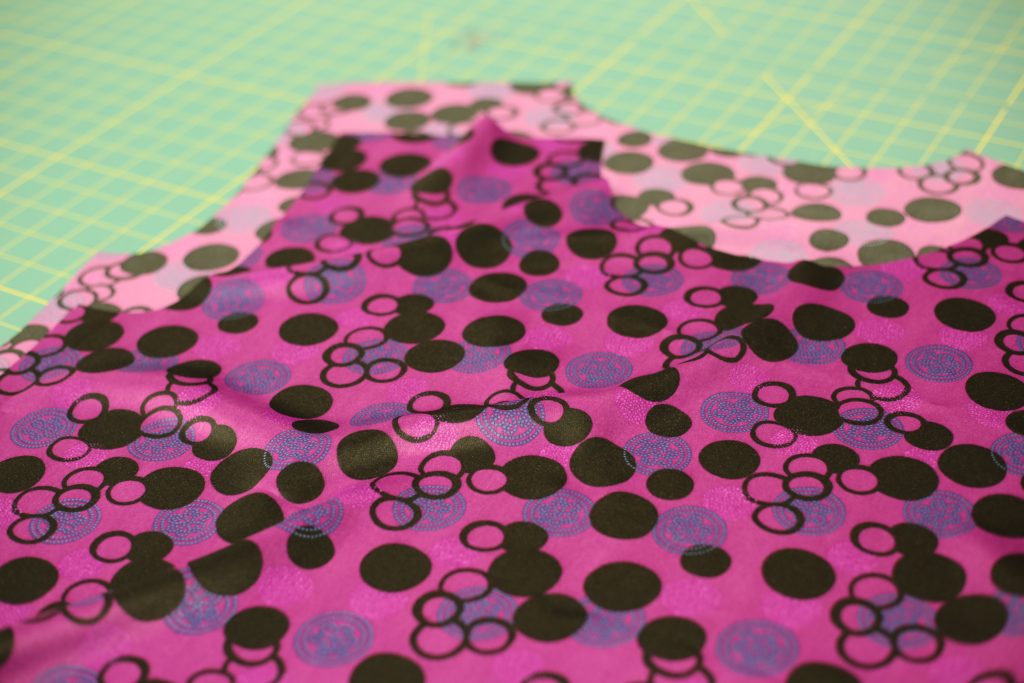
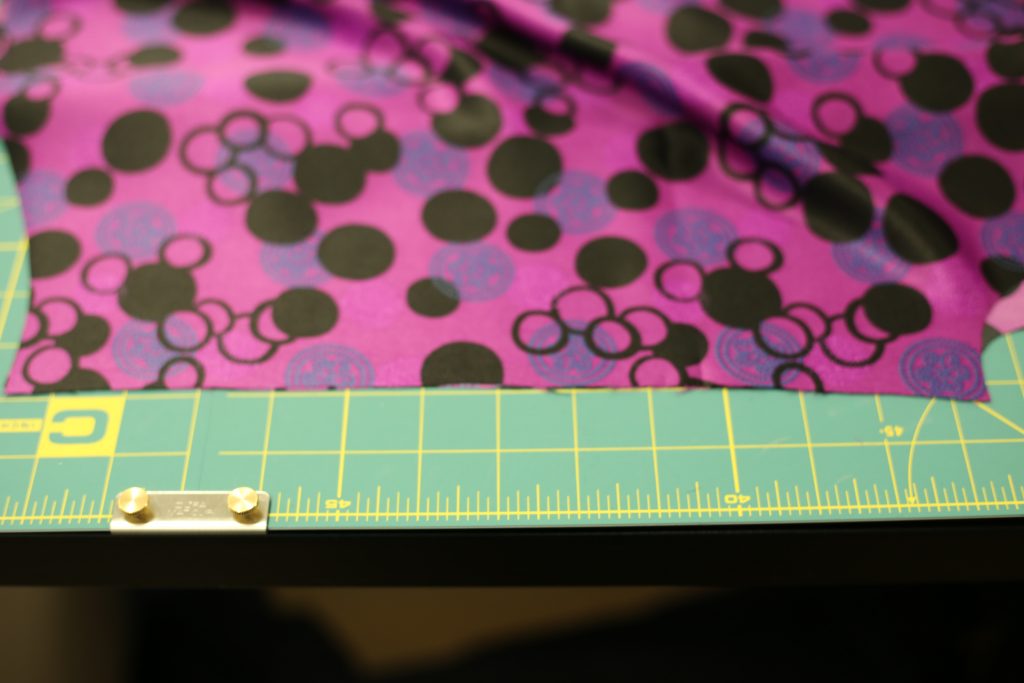
After that, you do the normal 1-2-3 press but obviously your “good” side at this point is the wrong side.
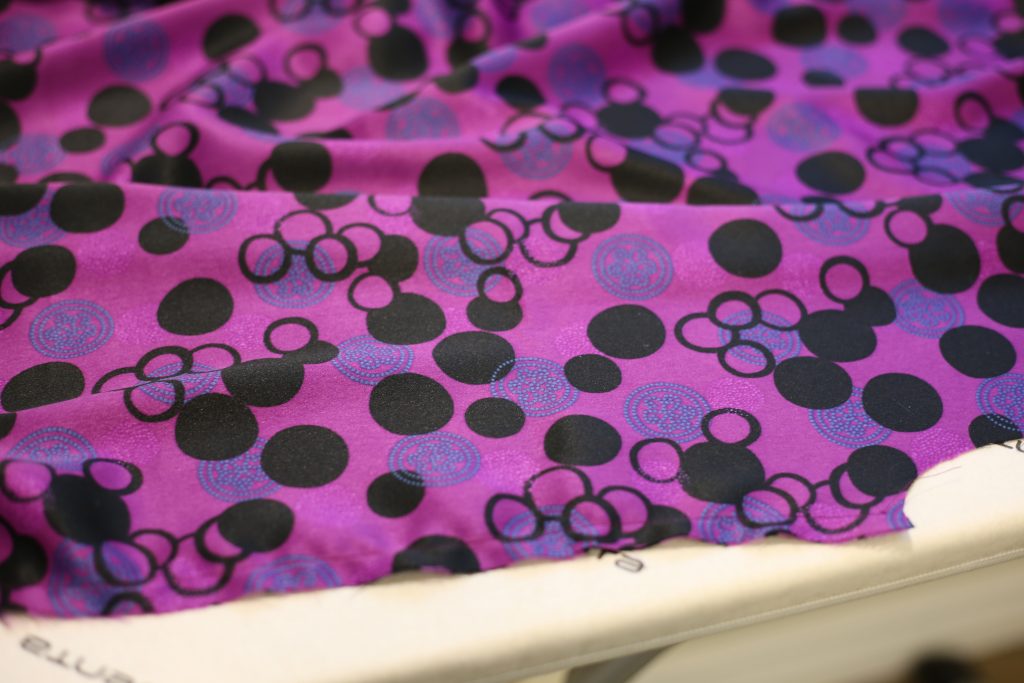
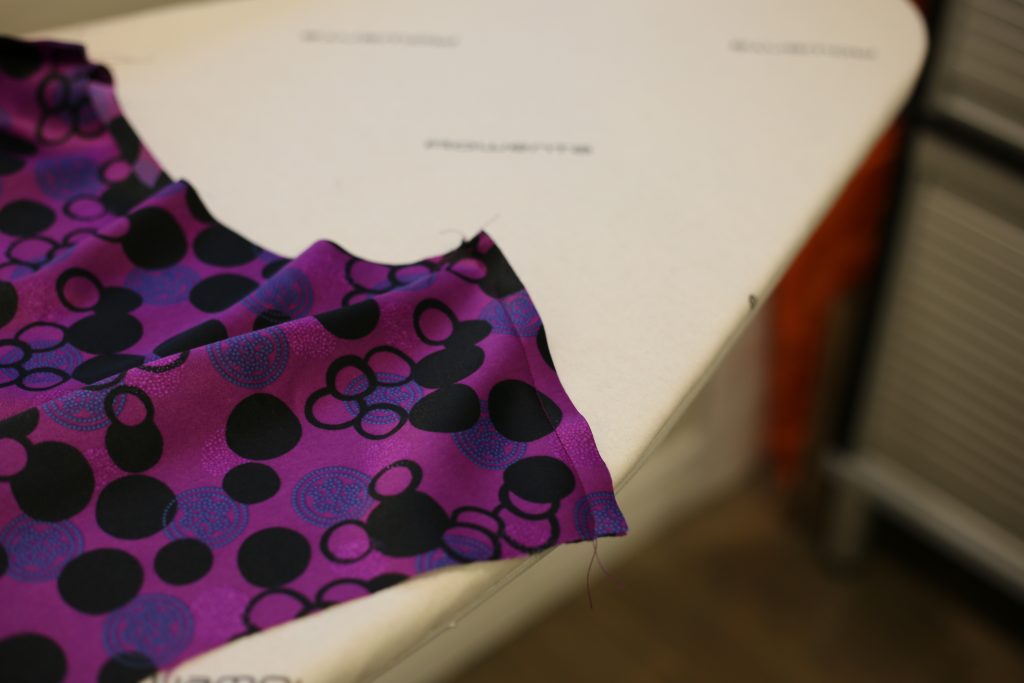
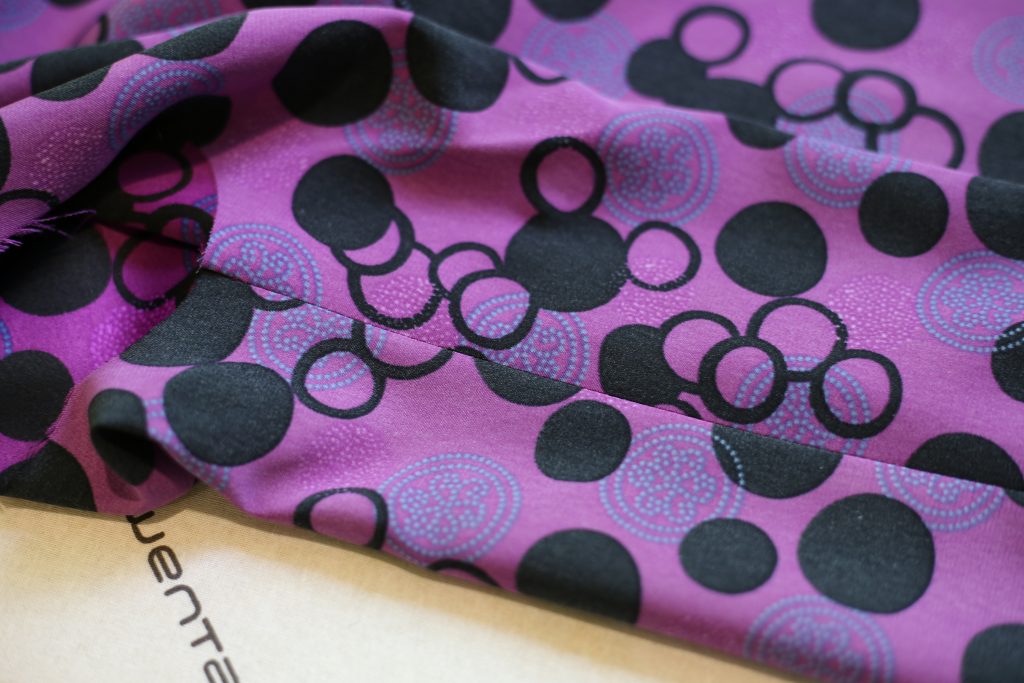
The next step is to trim your seam allowances before sewing your second seam with your fabric RIGHT sides together. Here is what happens when you forget to trim your seam allowances before sewing your second seam:
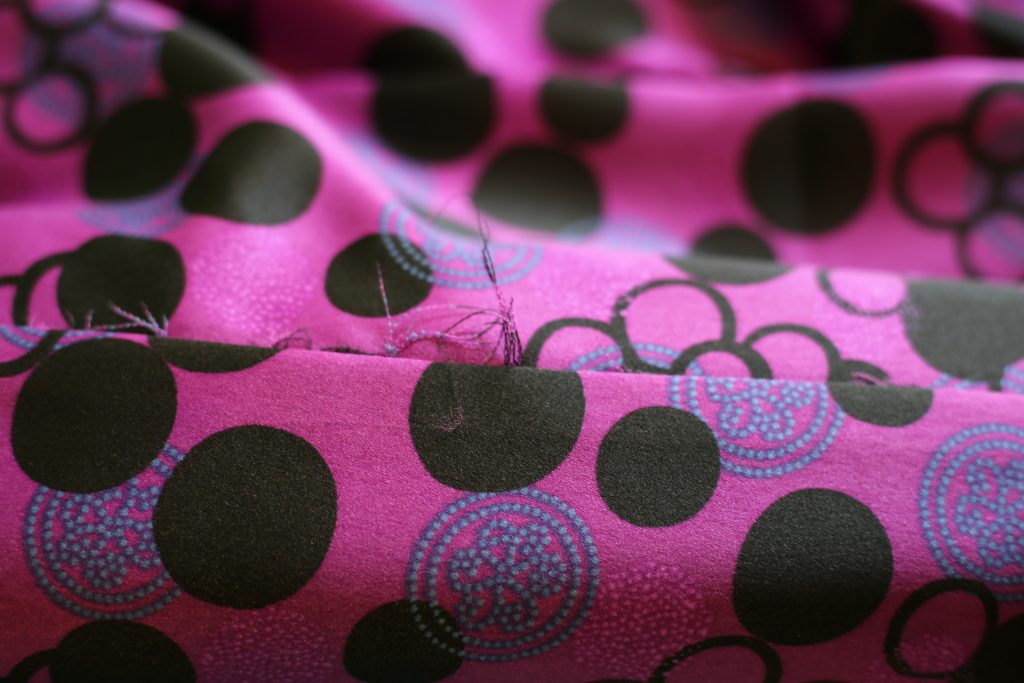
I’m blaming the mistake on getting distracted by the awesome rainbow that just appeared outside my sewing room window:

So, if you make the same mistake I did you will have to painstakingly trim all those “whiskers”. Alternatively you could undo your second seam, trim and sew again, but who has time for that crap.
With the shoulder and side seams done, all I had left was neck and armholes and the bottom hem. The pattern recommended using ready-made bias tape as facings for the neck and armholes. It’s a fast and elegant way to finish curved edges and I actually haven’t done much of this before, so it was the perfect opportunity to practice. First, you open up your bias tape and attach the edge of the tape to the seam, right sides together. I used my trusty Wonderclips:
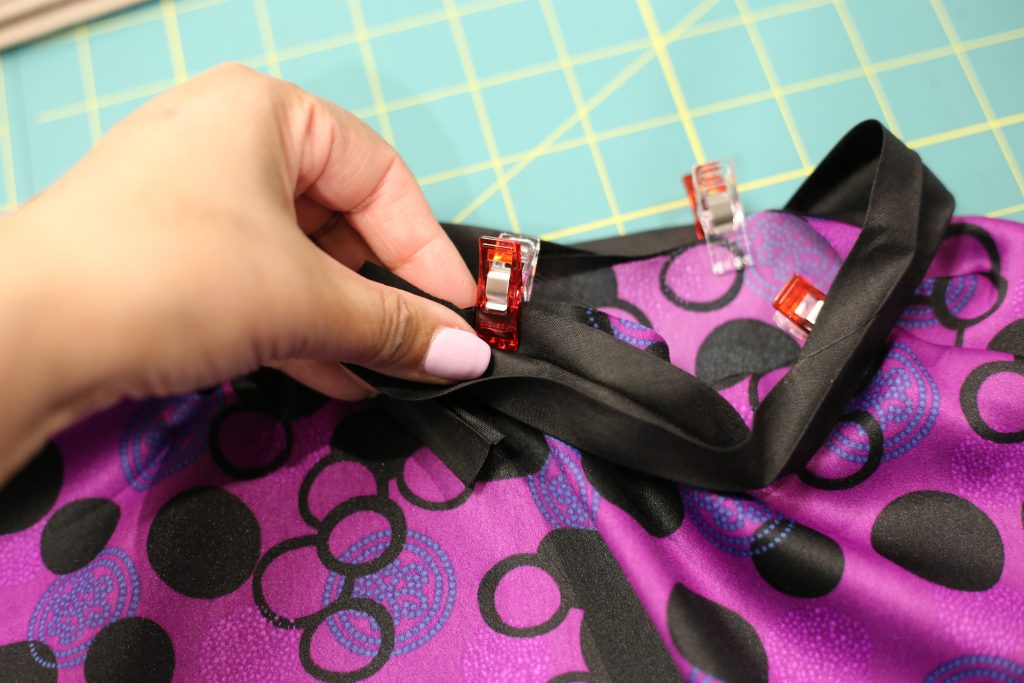
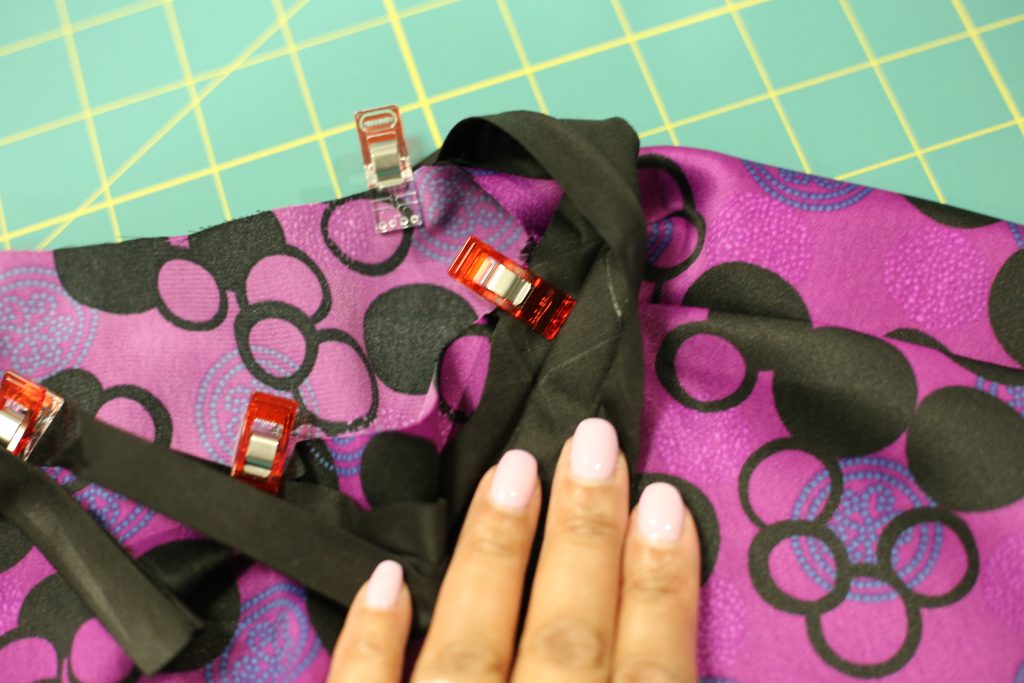
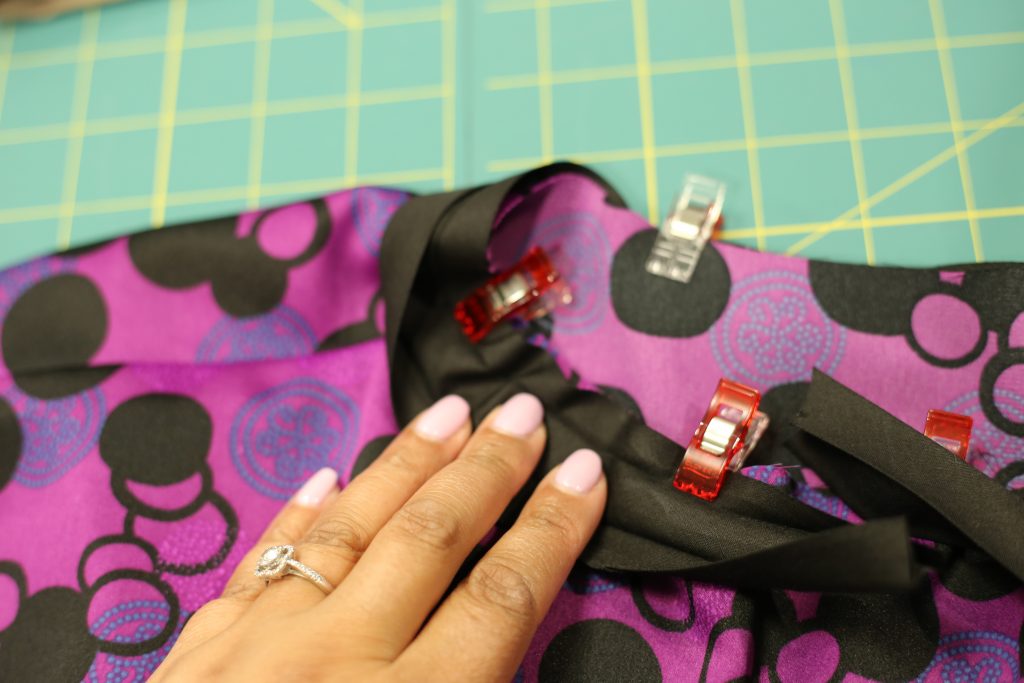
You sew at the normal 5/8″ seam allowance, then iron the seam allowances into the bias tape. Next, I edge stitched on the bias tape side, close to the seam. (Sorry, I forgot to take a photo of this step.) Next, clip and trim the seam allowances. (I remembered to clip this time, yay!) Finally, turn the bias tape inside the top, press and top-stitch from the good side. I trimmed down my bias tape so that my final top-stitching was 3/8″ from the folded edge.
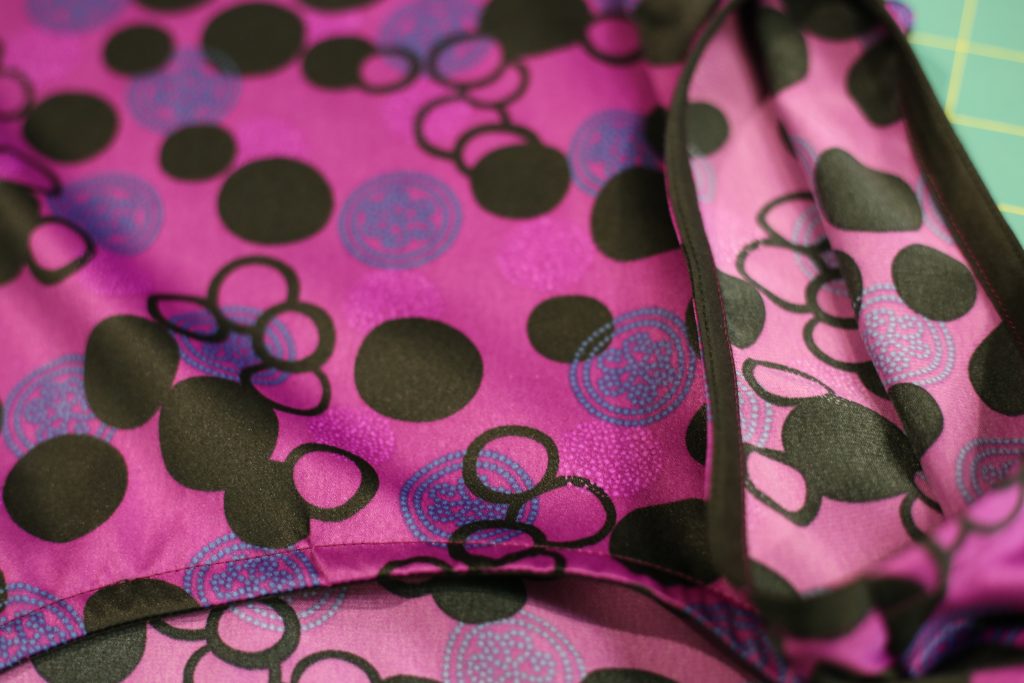
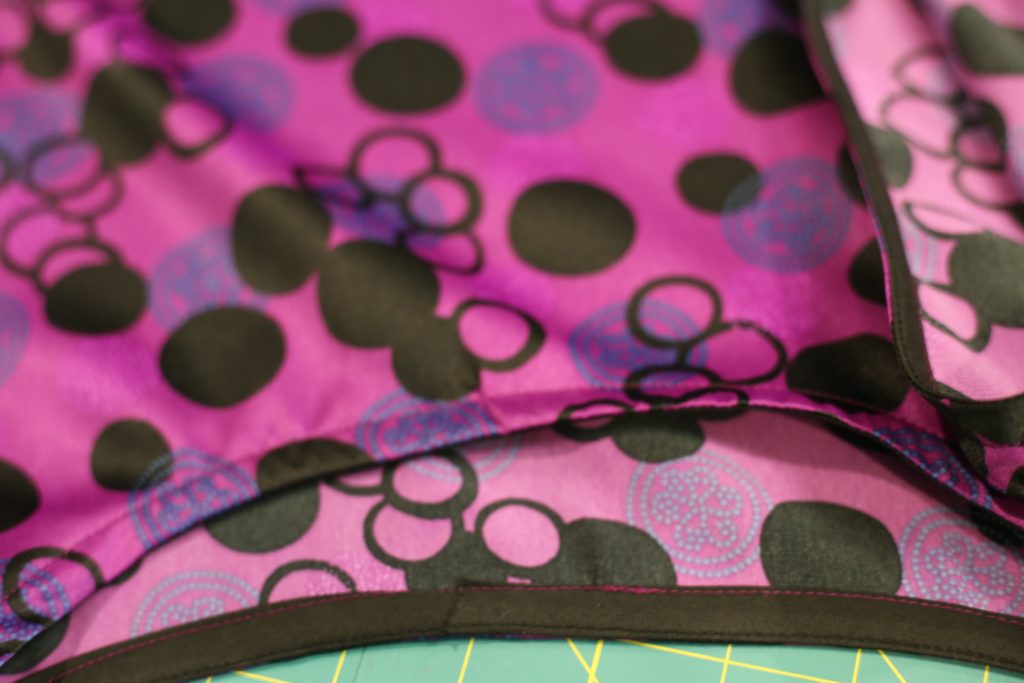
Finally, for the bottom hem I folded up 5/8″ and then tucked the raw edge into the fold, thereby creating a narrow hem of about 3/8″. I top-stitched that too!
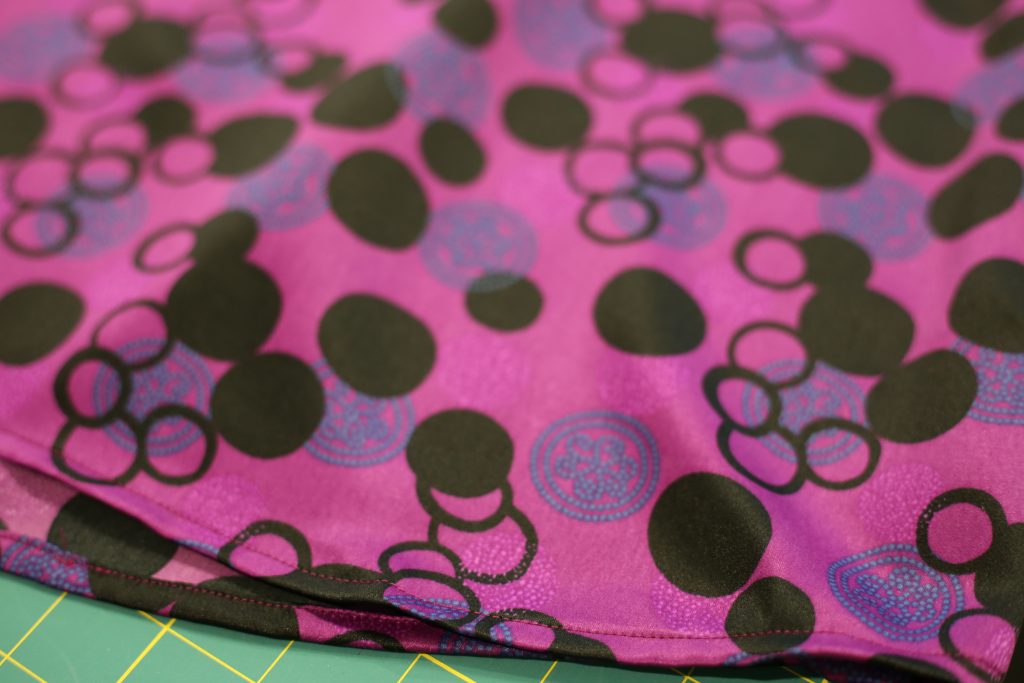
And here you have it! A satin tee completed in less than three hours:
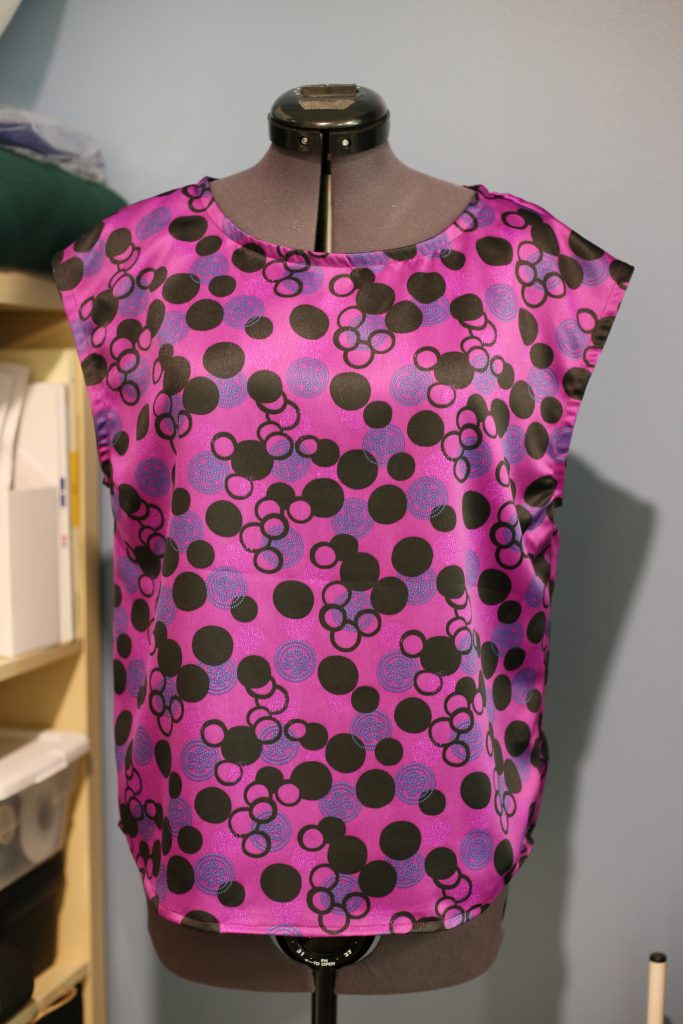
The fit was pretty good (photos with the skirt will be posted on Instagram tomorrow). The next time I make this pattern, I’m going to raise the underarm by one inch and lengthen the top of the sleeve also by one inch. I may also consider narrowing the whole top slightly as it was a little bit drapey. Hopefully this becomes the top pattern I fall in love with! I really want an easy-peasy pattern that I can use to just bang off a new top whenever I feel like a quick rewarding project – or a new piece in my wardrobe. 🙂
Do you have a simple top pattern that you love? Let me know, as I’m still going to keep trying new ones!
